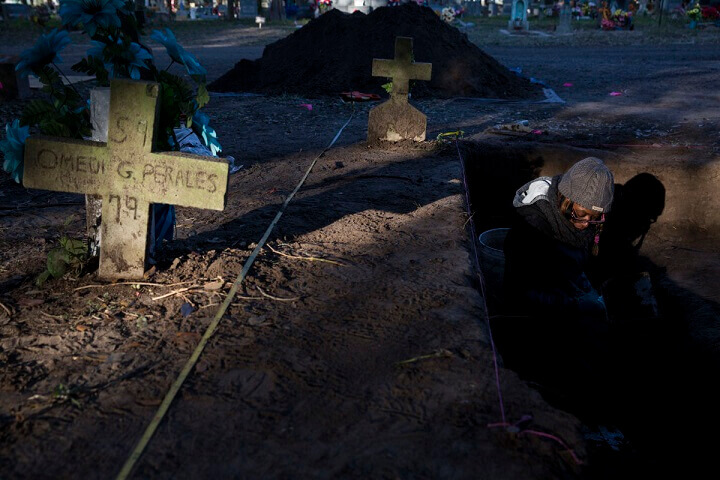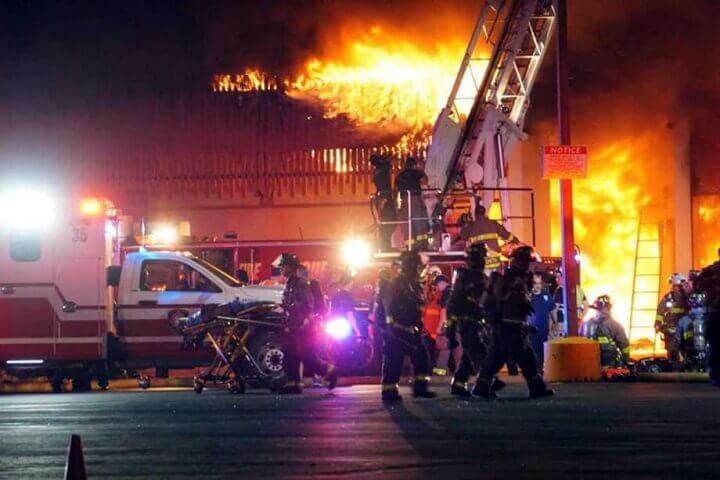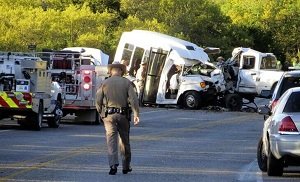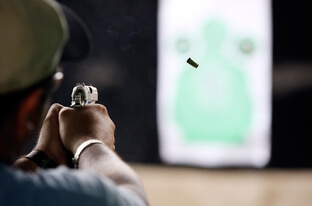Last week, Hidalgo County District Attorney René Guerra asked the Texas Department of Public Safety to temporarily suspend its practice of using airborne snipers to fire at fleeing vehicles. Guerra made the request after DPS trooper Miguel Avila, riding in a helicopter, fired at a pickup truck he thought was carrying a drug shipment. Actually, the truck was full of immigrants suspected of entering the U.S. illegally. Two Guatemalan immigrants were killed.
One of the most difficult and controversial challenges for police officers is chasing a fleeing vehicle. Police are supposed to catch criminals. But a lot can go wrong in a high-speed chase — especially in the deadly cat-and-mouse game DPS troopers play with drug smugglers in Texas border counties.
DPS Director Mike McCraw has asked the FBI to investigate the shooting. But there are already resources available to the public that show why an incident like this near the border was probably bound to happen.
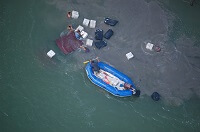
We received data for nearly 5,000 chases that occurred from January 2005 to July 2010. The database was packed with details about every DPS pursuit in Texas, showing factors like how each chase started, how it ended, and how many people were injured or killed.
One thing that jumped out at us was the high number of pursuits in Hidalgo County on the Mexican border. Between 2005 and July 2010, troopers in other Texas counties chased vehicles, on average, about 20 times. In Hidalgo County, DPS troopers chased vehicles about 30 times more often — 656 pursuits. That’s far and away the most in Texas:
